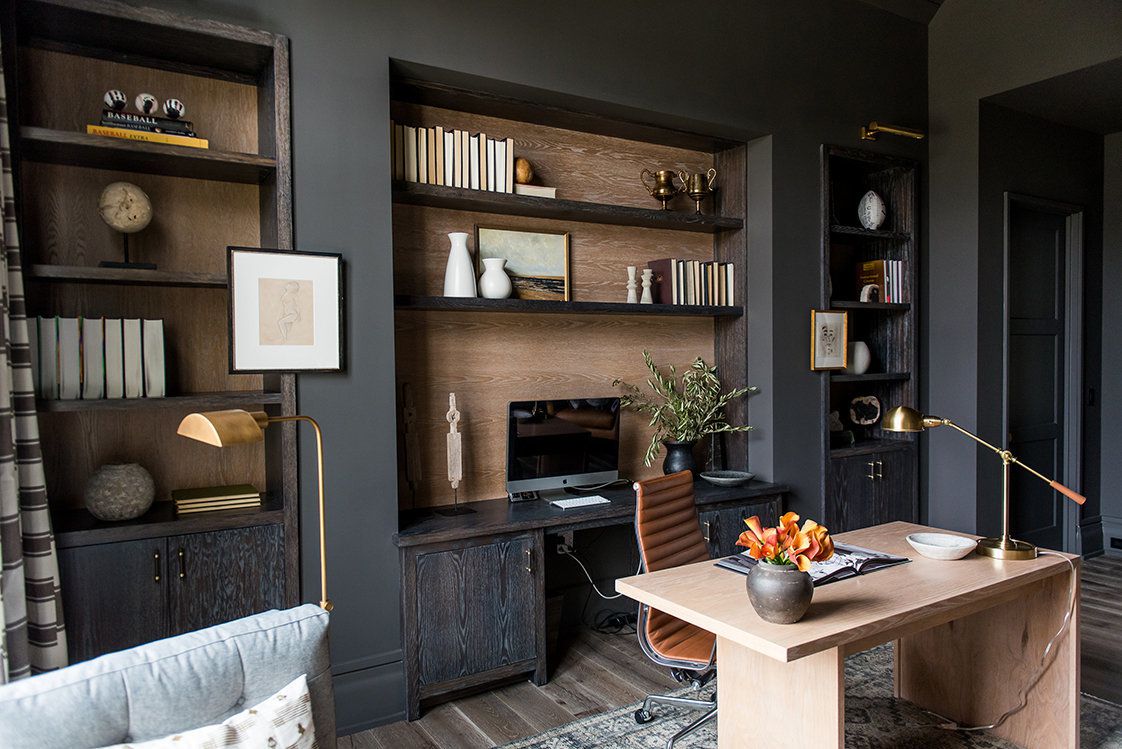A Guide to Lighting Your Home Office

Creating a well-lit home office is essential for productivity, focus, and comfort. Proper lighting can reduce eye strain, improve your mood, and even boost your energy levels. Here's a guide to lighting your home office to make it a place where you can work effectively and feel great doing it.
Embrace Natural Light
Start by choosing a room that receives ample natural light. Natural light is not only energizing but also free, making it an efficient way to illuminate your workspace. Position your desk at an angle to the window to avoid direct glare on your screen. If you find that natural light is too harsh, use blinds or curtains to soften it. When used effectively, natural light can enhance both your workspace’s ambiance and your productivity.
Add Task Lighting for Precision
For activities that require focus, such as reading or detailed work, task lighting is crucial. A desk lamp or focused task light will give you the precision and brightness needed without relying solely on overhead lighting. Position your desk lamp to shine on your work area without creating shadows or glares on your computer screen. Task lighting also helps to reduce eye strain, so you’ll be able to work longer and more comfortably.
Set the Mood with Ambient Lighting
Ambient lighting, also known as general lighting, fills the room and sets the overall tone of the space. This type of lighting can come from ceiling lights, wall sconces, or even decorative lamps. Ambient lighting should be bright enough to illuminate the entire room but soft enough to create a warm, welcoming atmosphere. Choose fixtures that match the style of your home office to enhance the room’s look and feel.
Use Indirect Lighting for Balance
Adding indirect lighting can help to evenly disperse light throughout your workspace. Indirect lighting comes from fixtures like ceiling-hung pendants or globe lights that diffuse light and reduce harsh shadows. This balanced approach reduces contrast between your screen and the surrounding room, which is beneficial for preventing eye strain. With well-placed indirect lighting, you’ll avoid overly bright spots and create a more cohesive, calming work environment.
Increase Brightness with Reflective Surfaces
If your office feels a little dim, mirrors or other reflective surfaces can help by bouncing light around the room. Strategically placing mirrors across from a window or light source will make the space feel larger and brighter. Reflective surfaces work well in smaller home offices, where maximizing light is essential to keep the room from feeling closed-in or cramped.
Choose the Right Colour Temperature
Colour temperature is a key factor in setting the right mood and level of alertness. For a home office, a colour temperature of at least 4,000 Kelvin is ideal. Cold white light, in this range, mimics daylight and can help keep you alert and focused during work hours. Avoid overly warm lighting, which can make you feel drowsy, or too harsh lighting, which can lead to eye strain.
Prioritize Good Colour Rendering
When selecting lighting for a home office, it’s important to consider colour rendering. This measurement (CRI) rates how accurately a light source displays colours, and an CRI value of 80 or above is recommended. Good colour rendering ensures that your workspace is comfortable for viewing screens and reading documents, and it makes it easier to distinguish colours accurately.
Adjust Light Intensity for Your Needs
The light intensity in your office should be tailored to your needs, as well as your age. Light intensity is measured in lux, and the general recommendation is around 500 lux for younger adults. However, as we age, our eyes require more light to see clearly, so older adults may benefit from an intensity of 750 to 1,500 lux. Adjustable fixtures or dimmable lights allow you to fine-tune the lighting as needed, depending on the time of day and your tasks.
Opt for LED Lamps for Efficiency
Finally, LED lighting is a practical and eco-friendly choice for your home office. LEDs consume significantly less electricity than traditional bulbs and have a longer lifespan, which helps to save both energy and money. Many LED lights also offer customizable brightness and colour temperature, making it easy to adapt them to your workspace and personal preferences.
Final Thoughts
With thoughtful lighting choices, your home office can become a productive and comfortable workspace. Balancing natural and artificial lighting, adjusting color temperature, and choosing the right fixtures can make a big difference. When you design your lighting with intention, you’ll not only create a better work environment but also enhance your well-being.